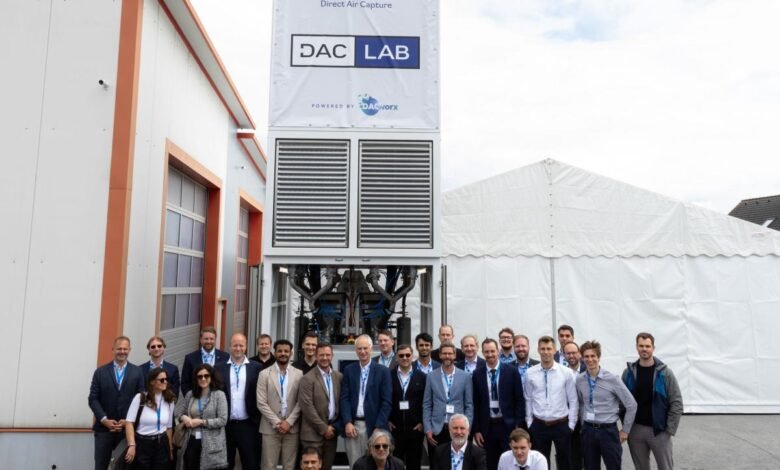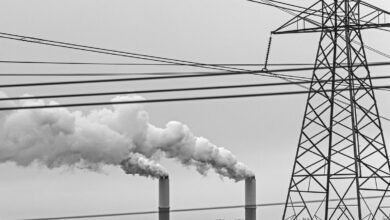DACLab Cuts CO2 Removal Energy Use Below Competitors

▼ Summary
– Global carbon emissions reached an all-time high last year, showing that countries have fallen short of their pollution-cutting pledges.
– Direct air capture (DAC) is needed to remove carbon from the atmosphere but is energy-intensive, typically requiring around 2,000 kWh per metric ton of CO₂.
– DACLab claims to use only 1,500 kWh per metric ton and has secured $3 million in seed funding to advance its technology.
– The company uses a split design for capture and release, operating at a lower temperature of around 70°C, and has built units capable of capturing 100 metric tons per year.
– DACLab aims to further reduce energy consumption to under 1,000 kWh per metric ton, potentially lowering the cost to $250 per metric ton of CO₂ captured.
Despite global pledges to reduce carbon pollution, emissions hit a record high last year, making the need for effective carbon removal technologies more urgent than ever. Direct air capture (DAC) offers a promising solution, though its high energy requirements have historically posed a major barrier to scalability and affordability.
One startup, DACLab, claims to have made a significant breakthrough in this area. According to Aditya Bhandari, the company’s co-founder and CEO, their system uses only 1,500 kilowatt hours per metric ton of CO₂ captured, a notable improvement over the industry standard of around 2,000 kWh. After four years of operating in stealth mode, DACLab has now emerged with $3 million in seed funding. The round was led by Peter Relan, an early Discord investor, with participation from notable figures including Silver Lake co-founder Dave Roux and WovenEarth Ventures founder Jane Woodward.
Most DAC systems work by passing air over a material that absorbs CO₂, which must later be released through an energy-intensive process, often involving temperatures between 80°C and 120°C. DACLab’s approach differs by separating the capture and release stages into two distinct units. This design allows the company to use lower temperatures, around 70°C for a solid sorbent, reducing overall energy consumption.
The technology originated from a partnership between TU Wien in Austria and Shell, where it was used for point-source carbon capture over nearly three years. DACLab adapted this proven industrial design for direct air capture applications. The company has already constructed two units capable of capturing 100 metric tons of CO₂ per year, with plans to scale up to 1,000 and 5,000 metric ton capacities. The larger units are slated for deployment in Washington State and Kenya.
Priced under $500,000 for the 100-ton unit, DACLab aims to serve oil and gas companies, carbon project developers, and producers of sustainable aviation fuels. Looking ahead, the company hopes to further reduce energy use to below 1,000 kWh per metric ton, which could bring the cost of capture down to approximately $250 per ton.
Bhandari emphasized a commitment to realistic goals, stating, “We’re not promising $100 per ton today. Our focus is on delivering tangible progress and helping rebuild trust in an industry that has seen its share of overpromising.”
(Source: TechCrunch)



